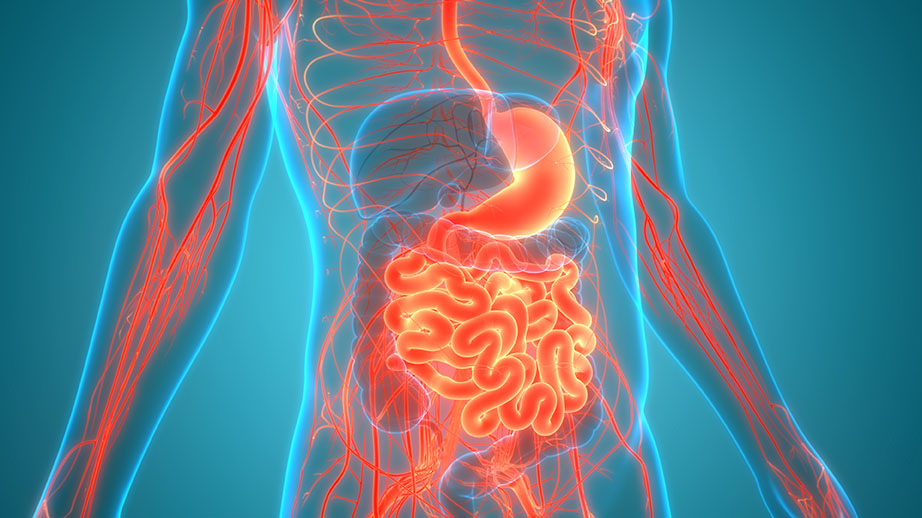
< Back
small intestine
Definition
The small intestine is the longest part of the digestive tract, measuring about 20 feet in length. It is located in the abdomen, and it is where most of the digestion and absorption of food takes place.
The small intestine is divided into three parts: the duodenum, the jejunum, and the ileum. The duodenum is the first part of the small intestine, and it is where food from the stomach enters the small intestine. The jejunum is the middle part of the small intestine, and it is where most of the digestion and absorption of food takes place. The ileum is the last part of the small intestine, and it is where the remaining nutrients from food are absorbed.
The walls of the small intestine are lined with villi, which are small, finger-like projections. The villi increase the surface area of the small intestine, which helps to absorb nutrients from food.
The small intestine is a very important part of the digestive system. It is where most of the digestion and absorption of food takes place. This allows us to get the nutrients we need to stay healthy.
The small intestine is also home to a large number of bacteria. These bacteria help to break down food and produce vitamins. The small intestine is a complex and important organ that plays a vital role in our digestion and absorption of food.
How can the word be used?
The small intestine is lined with villi, which are tiny finger-like projections that increase the surface area of the intestine.

Different forms of the word
Noun:
- small intestine.
- small bowel.
- intestinum tenue.
Adjective:
- small intestinal.
Etymology
According to the Online Etymology Dictionary, the word "small intestine" is first recorded in English in 1543. It is derived from the Middle English word "small" and the Latin word "intestinum", which means "entrails" or "innards".
The word "small" is derived from the Old English word "smæl", which also means "small".
The word "intestinum" is derived from the Latin word "intestinus", which also means "inward" or "interior".
Question
What does the small intestine do?
AQA Science Exam Question and Answer
Question:
Describe the structure and function of the small intestine in the digestive system, emphasising its role in nutrient absorption and the adaptations that enhance its absorptive capacity.
Answer:
The small intestine, a vital component of the digestive system, plays a crucial role in nutrient absorption and digestion. It consists of three segments: the duodenum, jejunum, and ileum.
The small intestine's inner lining is covered in tiny finger-like projections called villi, which are further covered in even smaller hair-like structures known as microvilli. These structures dramatically increase the surface area available for nutrient absorption. As chyme, a mixture of partially digested food and gastric juices, enters the small intestine, enzymes break down complex nutrients into simpler forms, facilitating absorption.
The villi and microvilli are rich in blood vessels and lymphatic vessels (lacteals). Nutrients are absorbed through these structures and transported to the bloodstream, eventually reaching cells throughout the body for energy, growth, and repair. Carbohydrates, proteins, fats, vitamins, and minerals are absorbed through specific mechanisms in different parts of the small intestine.
In essence, the small intestine's structural adaptations, combined with its enzymatic and absorptive functions, make it a critical site for nutrient assimilation. Its efficient absorption process ensures that essential nutrients are properly utilised by the body, contributing to overall health and well-being.